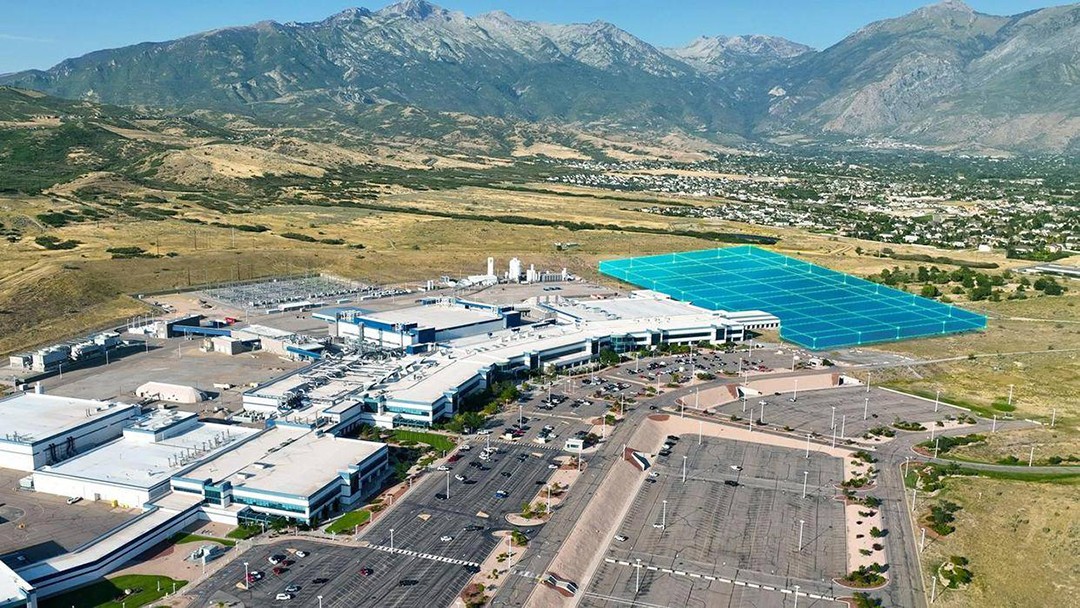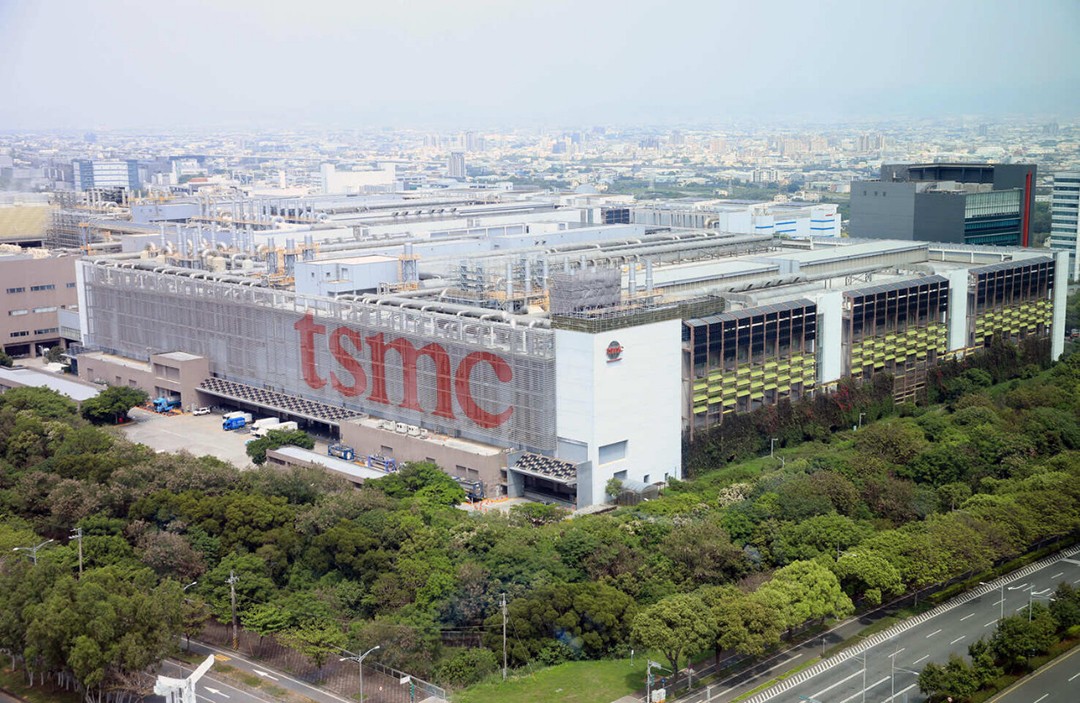Milestones in the semiconductor industry: A new wave of investment for major global manufacturers

Recently, the semiconductor industry has received a number of major positive news, with several industry giants announcing major investment plans. These initiatives will significantly enhance global semiconductor manufacturing and packaging capabilities and further consolidate its key position in the global technology supply chain.
Texas Instruments receives $18 billion in subsidies from the US government to accelerate the construction of 12-inch wafer fabs
On August 16, Texas Instruments received exciting news. The US government passed the Chips and Science Act, providing Texas Instruments with up to $1.6 billion in funding, plus tax incentives, totaling more than $18 billion. These funds will be used for the construction of three new 12-inch wafer fabs by Texas Instruments in Sherman, Texas and Lehi, Utah. The new facilities will include three factories, SM1, SM2 and LFAB2, of which SM1 and SM2 are located in Texas and LFAB2 is located in Utah.
Haviv Ilan, president and CEO of Texas Instruments, said the company plans to increase its internal manufacturing rate to more than 95% by 2030, and these new 300mm capacities will help meet the growing market demand in the coming years. These investments by Texas Instruments will not only significantly increase the production capacity of its analog and embedded processing chips, but also show the company's ambition for future growth.

TSMC's first 12-inch wafer fab in Europe has started construction, and the advanced packaging plant has made new progress
At the same time, TSMC has also made new progress in its global layout. TSMC's first European 12-inch wafer fab will start construction in Germany. The groundbreaking ceremony for this project will be held on August 20, and construction is expected to officially start before the end of this year. The factory is named European Semiconductor Manufacturing Company (ESMC), a joint venture between TSMC, Bosch, Infineon, and NXP of the Netherlands, with TSMC holding a 70% stake. The factory will focus on automotive and industrial chips, and is scheduled to achieve mass production by the end of 2027, with an estimated monthly production capacity of 40,000 12-inch wafers.
In addition to its expansion in Europe, TSMC is also accelerating the construction of two CoWoS advanced packaging plants in Chiayi Science Park, Taiwan, China. In addition, TSMC has spent NT$17.14 billion to purchase the 5.5-generation plant of Innolux Nanke Plant 4 to rapidly expand its advanced packaging capacity. TSMC's advanced packaging technologies, such as InFO and CoWoS, are in short supply driven by market demand. TSMC plans to further develop and mass-produce new FOPLP processes to meet the higher demand of the semiconductor packaging market in the future.
India welcomes a new force in semiconductor manufacturing: LTSCT plans to invest $10 billion to build a plant
In Asia, India is not far behind. L&T Semiconductor Technologies (LTSCT) announced plans to invest $10 billion to $12 billion in the next 5 to 10 years to build three new wafer fabs in India, focusing on silicon, silicon carbide and gallium nitride technologies. LTSCT is a wholly-owned subsidiary of L&T, with business ranging from MEMS sensors to analog mixed signal and RF products. This large-scale investment will promote the development of India's semiconductor industry chain and also mark LTSCT's strategic transformation from a fabless company to a chip manufacturing entity.
Sandeep Kumar, CEO of LTSCT, said that the three wafer fabs planned by the company will support different technologies, of which the investment in silicon materials will exceed US$10 billion, while the investment in silicon carbide and gallium nitride wafer fabs will be US$1 billion and US$500 million respectively. The construction of these wafer fabs will further promote LTSCT's competitiveness in the global semiconductor market.
Summary
These recent investment trends in the semiconductor industry not only show the forward-looking layout of major global manufacturers in technology and production capacity, but also indicate strong demand in the semiconductor market in the next few years. These investments will provide strong support for the stable development of the global technology industry and will also bring new opportunities and challenges to the industry.
Whether it is the large subsidies of Texas Instruments, the global expansion of TSMC, or the layout of LTSCT in India, the semiconductor industry is ushering in a new round of growth cycle. With the increasingly complex global supply chain, every expansion and upgrade of the semiconductor industry will have a profound impact on the entire technology ecosystem. In the future, we will wait and see how these giants continue to lead the trend in the global market.




 Need Help?
Need Help?







